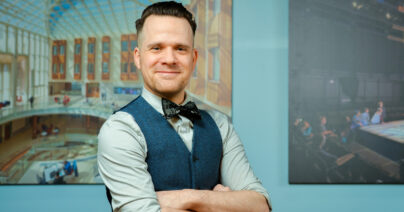 News
News
John Zeman, LEED AP BD+C Joins Acentech to Lead California Office
Acentech is pleased to announce that John Zeman, LEED AP, BD+C has joined the firm to lead its Los Angeles office.
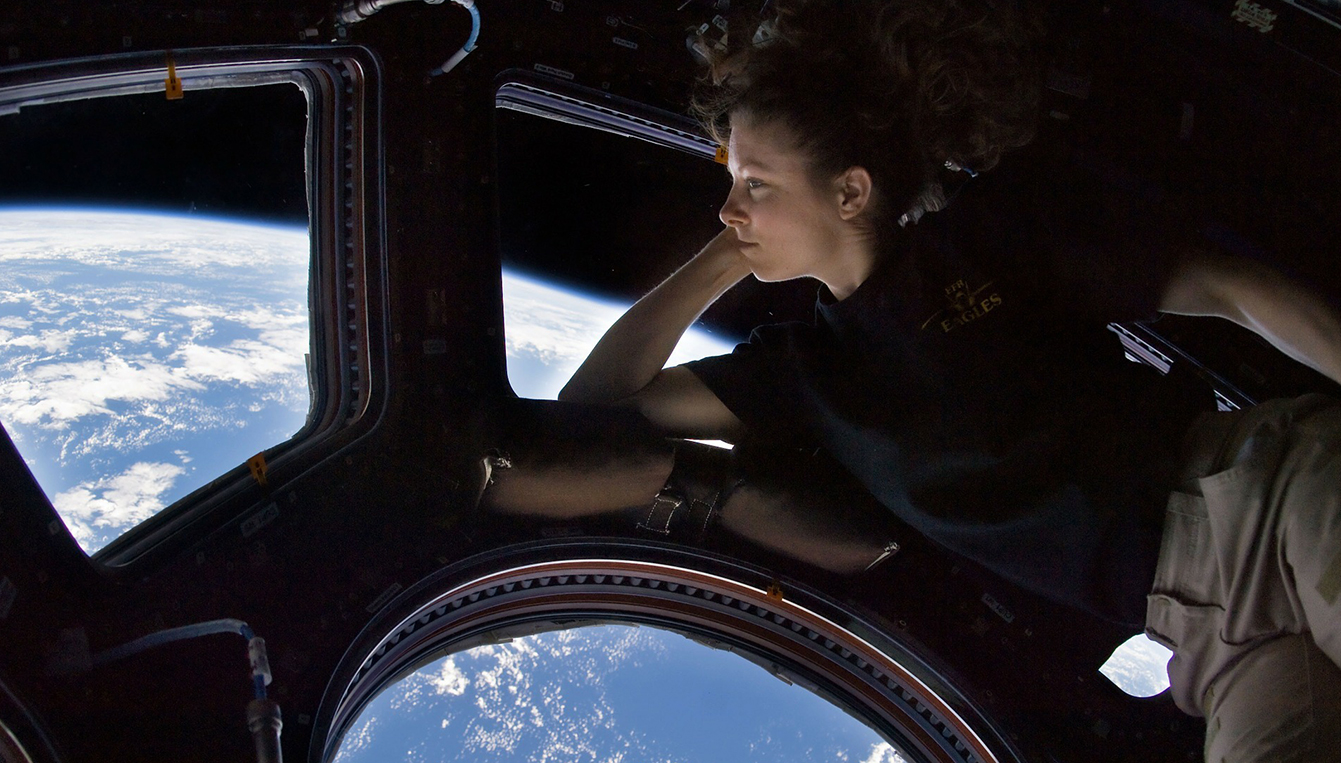
The International Space Station (ISS) is a laboratory floating in low earth orbit that tests the spacecraft systems we think will be required for long-duration missions to the Moon and Mars. Every day experiments, repairs, and augmentations are carried out by up to 11 crewmembers stationed in the orbiting lab. These activities combined with the mechanics required for life support, bodily functions, and health maintenance create a constant buzz aboard the station. Astronauts’ hearing health and communication abilities play an important role in the mission’s execution. Ensuring a healthy and safe acoustic environment aboard the ISS sets a precedent and helps ensure humans will have similar conditions during future long-duration missions.
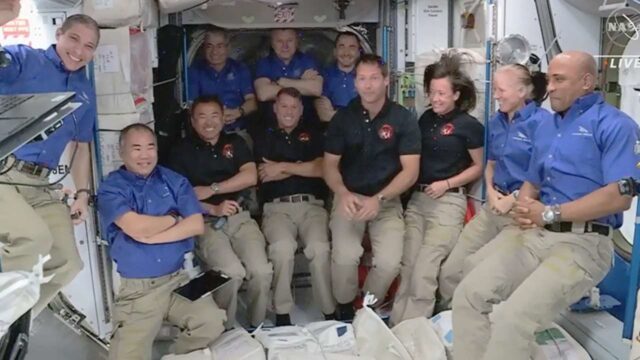
The famous phrase was uttered during radio conversation between Apollo 13 Commander Jim Lovell and NASA’s Mission Control Center in Houston, Texas, and highlights how important verbal communication is to space missions. Good communication depends on a good acoustic environment, along with good headset design, and these lessons carry over to the ISS today. The floating lab is designed to have background sound levels around NC-50 during the workday, which is very similar to a typical laboratory environment here on Earth. By using a reasonable noise goal, the ISS enables crewmembers to communicate with each other and across 250 miles down to Earth via radio.
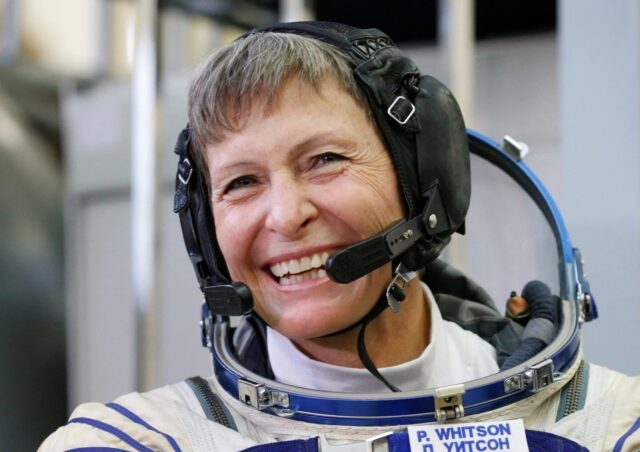
To better understand the engineering behind crew members’ acoustic environment, let’s take a look inside the day to day sounds aboard the ISS.
Canadian astronaut Chris Hadfield had sound on his mind during a 166-day mission aboard the ISS, and he shared many sonic experiences with people on the ground via soundcloud. A major user-controlled sound source that Chris documented aboard the ISS is the treadmill.
ISS crewmembers are confined to the small, zero gravity space station for extended periods, and all that time in space can lower bone density and deteriorate muscles. Crewmembers must exercise daily to maintain the physical health and mental wellbeing. A favorite forms of exercise is the treadmill, where users tether themselves in to simulate the walking and running that is absent from their daily life floating about the ISS. At Acentech, we work with clients to ensure proper fitness facility design here on Earth, and similar care has been taken to ensure the fitness facility aboard the ISS does not adversely affect crewmembers.
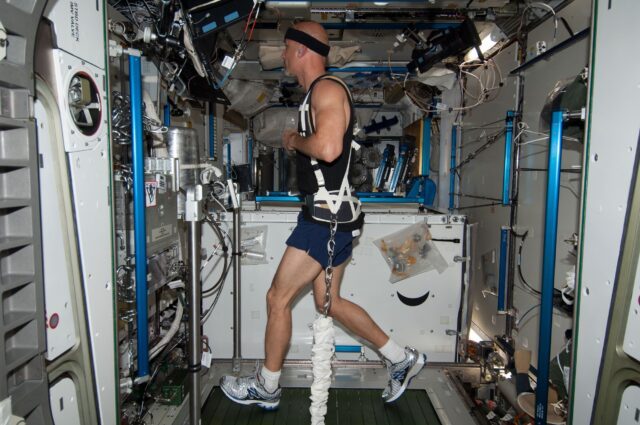
Another daily activity aboard the ISS recorded by Chris Hadfield is the toilet. We know water cannot flow downwards in zero gravity, and the toilet had to be reinvented to work in this unusual environment. The space toilet, as we will call it, has fans that generate relatively strong airflow to direct waste to the appropriate destination. This novel approach solves the zero gravity problem, but introduces a new problem: the powerful fans are significant sources of noise. Special care had to be taken to create a toilet that balanced utility and noise exposure, as seen in the photo below showing the semi-anechoic chamber for testing the space toilet’s noise characteristics.
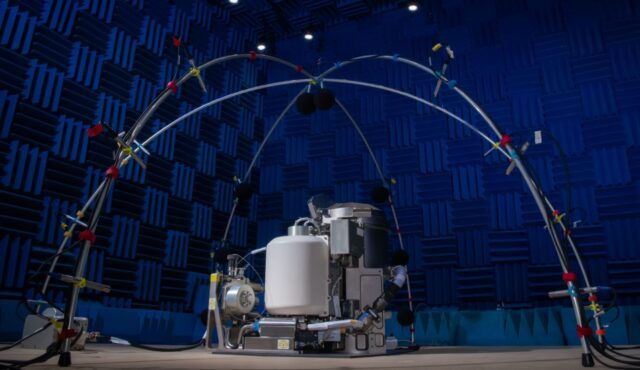
Other, more constant noise sources come from equipment required to keep the artificial atmosphere aboard the ISS human friendly. The atmosphere is designed to mimic earth’s atmosphere, where sound propagates through air from a source to a receiver. It takes a lot of fans and compressors running continuously to maintain stable conditions for humans. US astronaut Scott Kelly remarked in his Book Endurance that upon first arriving at the ISS,
“…our lives without fan noise were over…”
This stood true for 520 days, nearly a year and a half, during Kelly’s stay aboard the ISS. Upon leaving the station, Kelly reminisced about his sonic experience:
“…now I can’t remember what it is like to be in silence.”
These continuous noise sources are major factors in the crew members’ daily noise exposure, just like they are when used for HVAC in office buildings, residences, and labs here on Earth.
When it comes time to wind down from a busy day, crew members have designated sleeping pods where they can have a brief respite from the station’s ever present noise. To avoid sleep disturbances, these sleeping pods aim to achieve sound levels of 50 dBA or quieter. To do this, the sleeping enclosures are located at the edges of the station and are fitted with doors that can close them off from the surrounding area. In these sleeping quarters, the only audible noise generated by the station comes from the fans providing airflow for comfortable sleeping conditions.
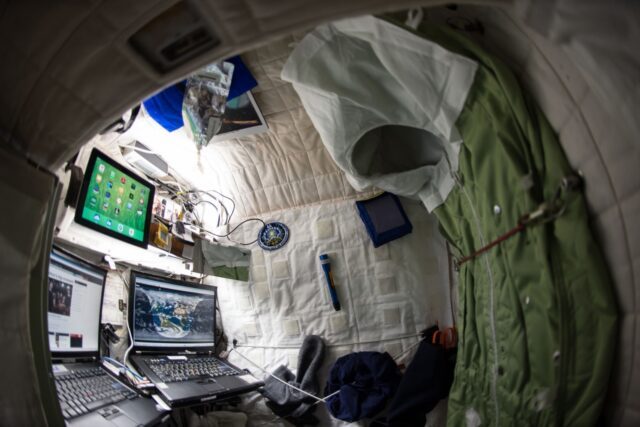
In the early days of the ISS, astronauts had to wear hearing protection at all times. Some Soviet astronauts in the 1980s and 1990s had permanent hearing loss because of the constant high noise levels on board early space stations. To promote hearing health aboard the ISS, the crewmembers now have three acoustic dosimeters on board the ISS. These devices measure the sound exposure level delivered to certain areas of the ISS during a 24-hour period.
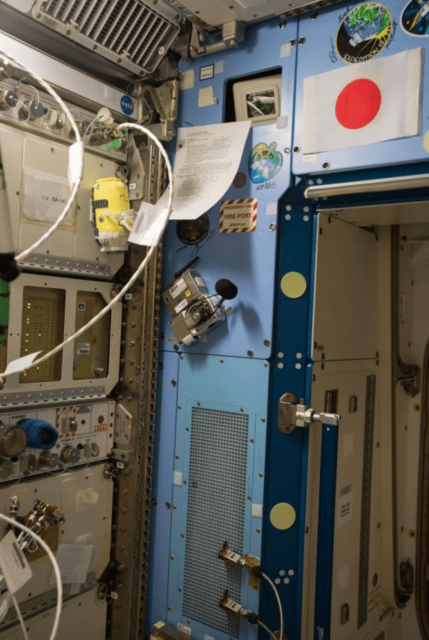
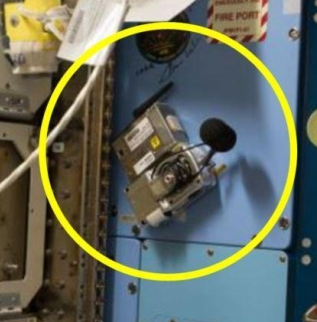
Astronauts also have wearable dosimeters to record 24-hour overall sound pressure level within 12 inches of the ear. NASA policy makers have set noise exposure limits to protect their crewmember’s hearing health, roughly limited to 24-hour Leq of 65 dBA, and at 67 dBA Leq over a 24 hour period, crewmembers are directed to wear hearing protection. The exact limits vary depending on the length of noise exposure, and are often divided up in louder 16-hour working periods and quieter 8-hour sleeping periods.
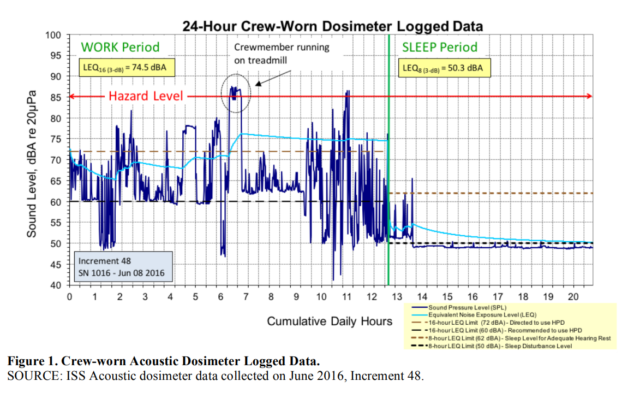
Acoustic dosimeter monitoring is performed at least once every two months, ensuring a continued focus on astronaut hearing health aboard the ISS. These hearing health initiatives help to create healthy and safe environments for manned space missions to the ISS today, and set the tone for acoustic environments accompanying the next generation of astronauts.